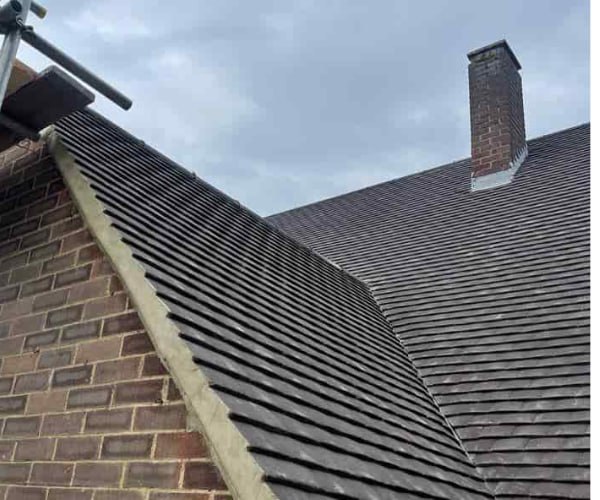Common Roof Leak Myths Debunked: Separating Fact from Fiction
Introduction: A leaky roof can be a homeowner’s worst nightmare, leading to extensive damage, costly repairs, and stress. Unfortunately, many misconceptions about roof leaks have emerged with the abundance of information available online. In this blog post, we’ll debunk some of the most common roof leak myths and provide accurate information to help you make informed decisions about your roofing needs.
Myth 1: A Few Drips Aren’t a Big Deal
Fact: Even a small amount of water infiltration can lead to significant problems over time. Ignoring a minor leak can result in the growth of mould, weakened structural components, and even compromised insulation. Addressing leaks promptly, no matter how small, is crucial to preventing more extensive damage.
Myth 2: I Can Fix It with DIY Sealants
Fact: While DIY sealants might seem quick, they rarely provide a permanent solution. Correctly diagnosing the cause of a leak requires professional expertise, and patching it temporarily may only delay the inevitable need for proper repairs. DIY fixes can also void warranties and make future maintenance more challenging.
Myth 3: Leaks Only Happen After Heavy Rain
Fact: While heavy rain can exacerbate existing issues, leaks can occur anytime, even during dry periods. Roof leaks can result from various factors, including damaged shingles, flashing, or improper installation. Regular inspections are crucial to catch and address leaks early.
Myth 4: Leaks Are Only Visible Inside the House
Fact: While water stains on ceilings and walls are common signs of a leak, they’re not the only indicators. Roof leaks can manifest as damp spots in your attic, curling or missing shingles, and even water pooling around your foundation. Regularly inspecting your roof from the outside can help you spot issues before they become significant problems.
Myth 5: New Roofs Don’t Leak
Fact: While a new roof should be installed appropriately and less likely to leak, it’s not immune to potential issues. Poor installation, low-quality materials, and inadequate ventilation can all contribute to leaks, even on a new roof. Regular maintenance and inspections are essential, regardless of your roof’s age.
Myth 6: Only Flat Roofs Leak
Fact: Both flat and sloped roofs can experience leaks. Sloped roofs may develop leaks due to damaged or missing shingles, while flat roofs can suffer from issues with drainage and improper sealing around penetrations. The type of roof doesn’t determine leak susceptibility; proper maintenance does.
Conclusion: Understanding the truth behind common roof leak myths is essential for protecting your home and ensuring its longevity. Regular roof inspections, timely repairs, and professional expertise are the keys to preventing and addressing leaks effectively. Don’t fall victim to misinformation—consulting with a reputable roofing professional, like LKN Roofing Shortstown, is the best way to keep your roof leak-free and your home safe from water damage.
Call us on: 01234 860 695
Click here to find out more about LKN Roofing Shortstown
Click here to complete our contact form and see how we can help with your roofing needs.

